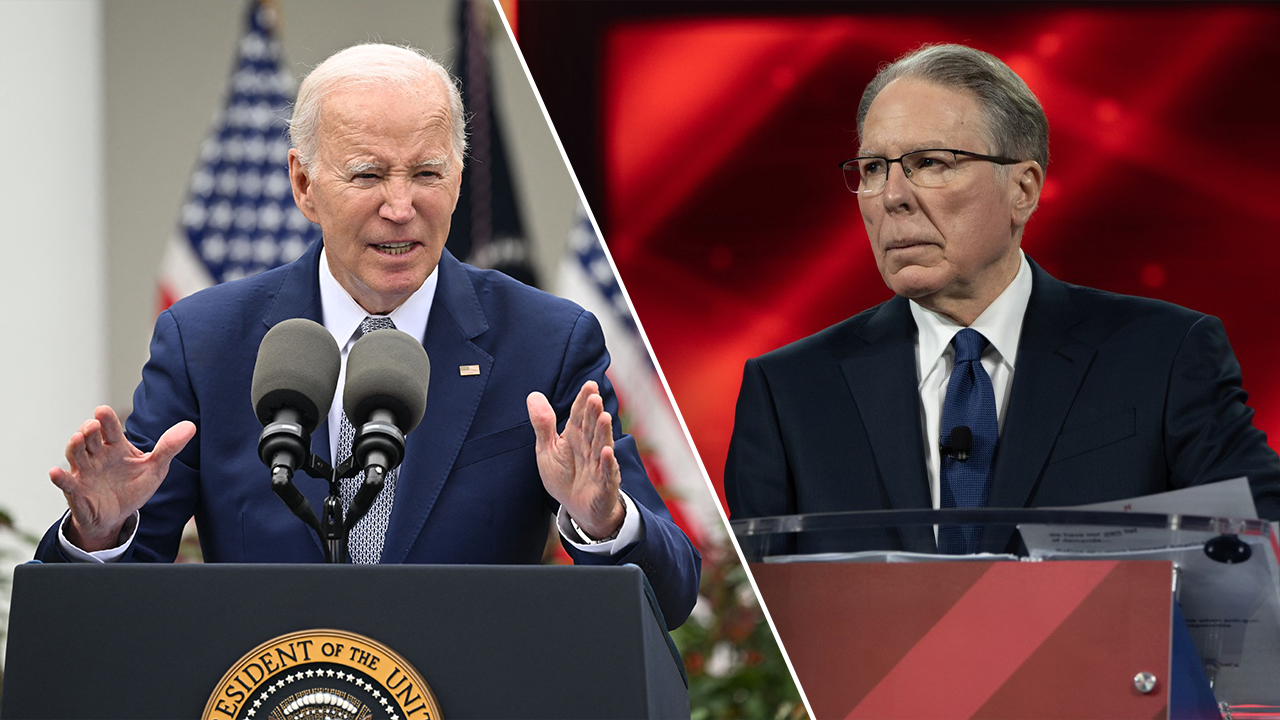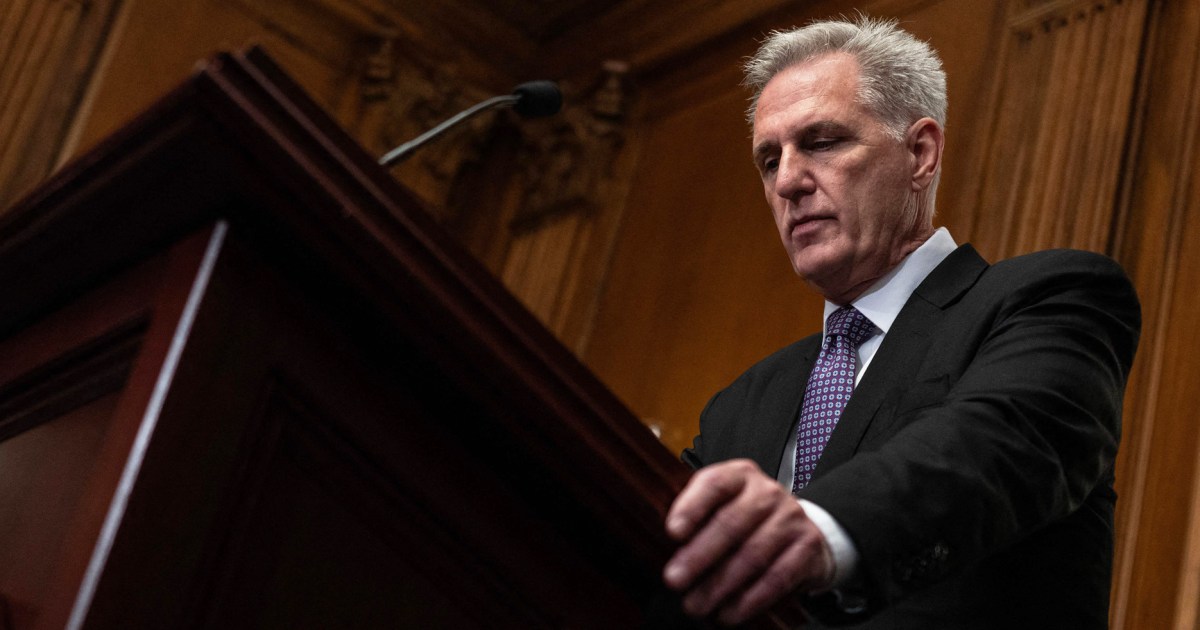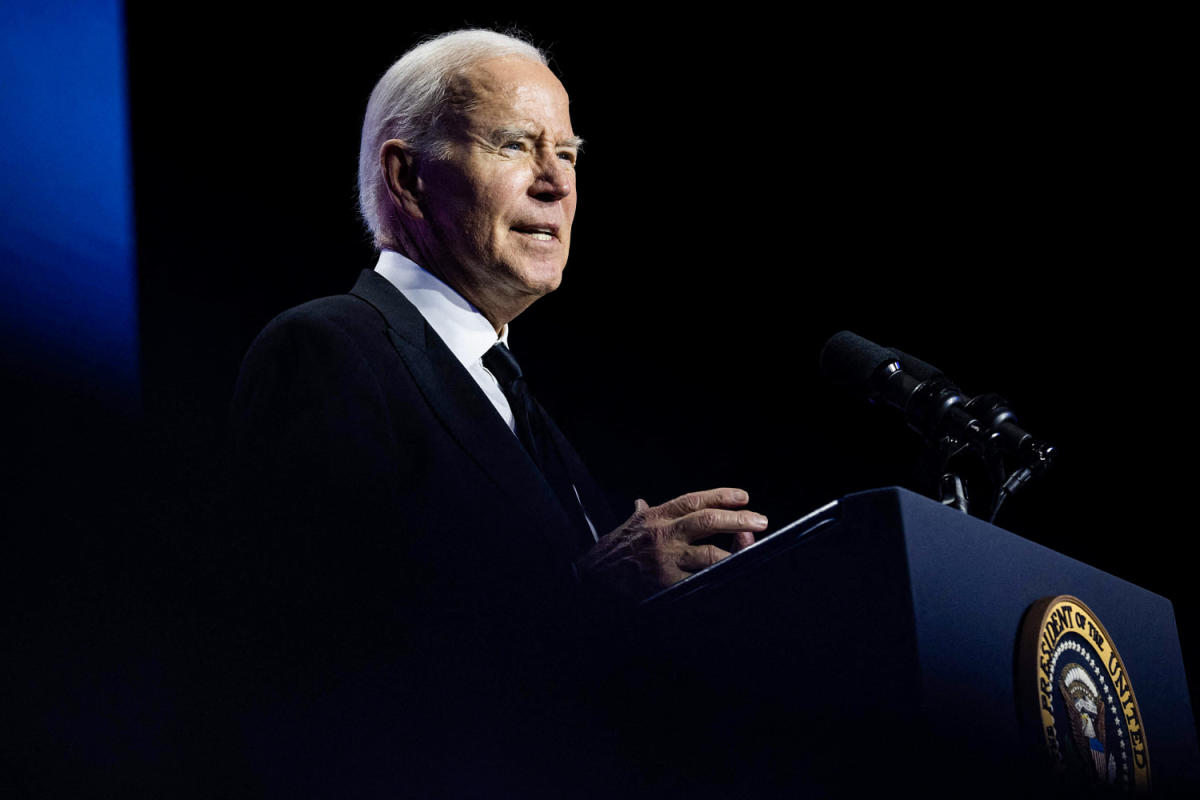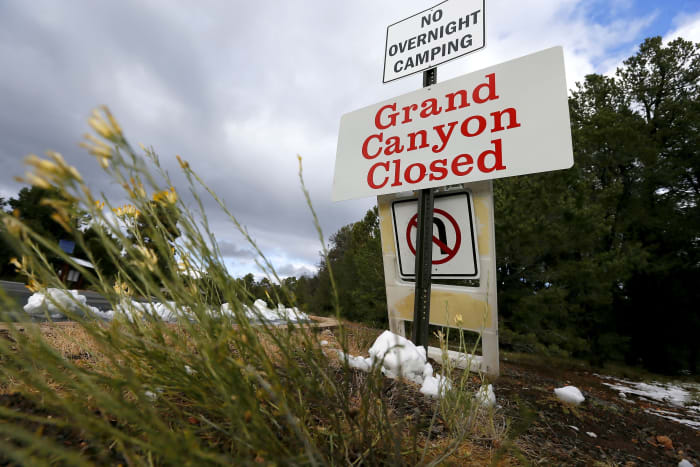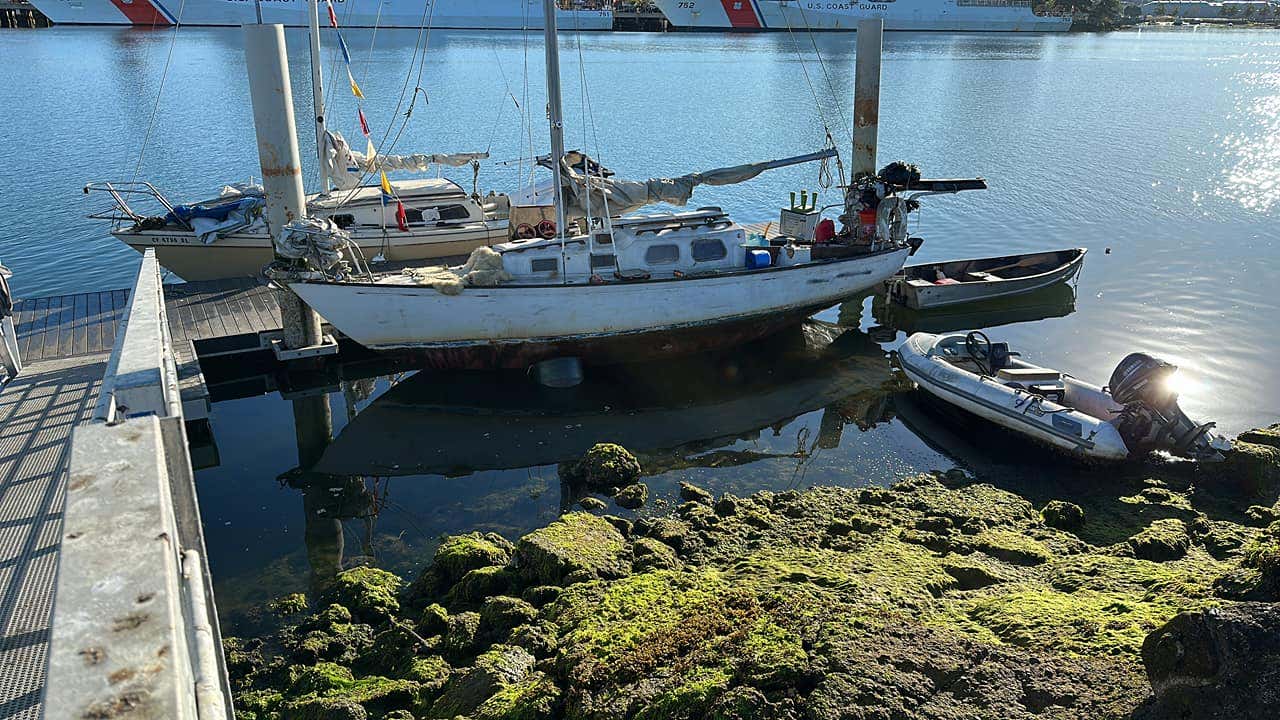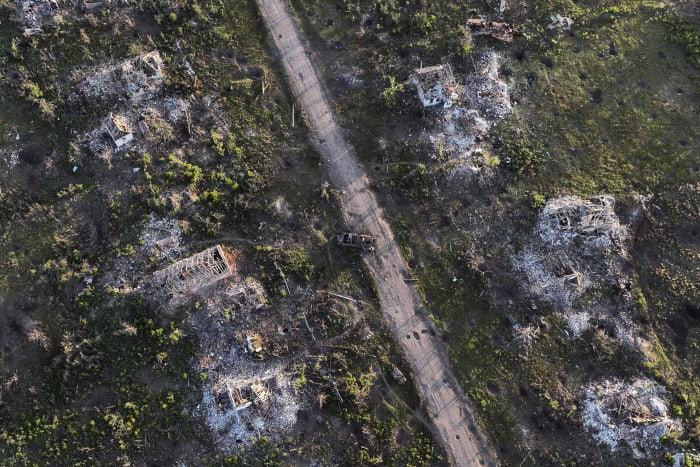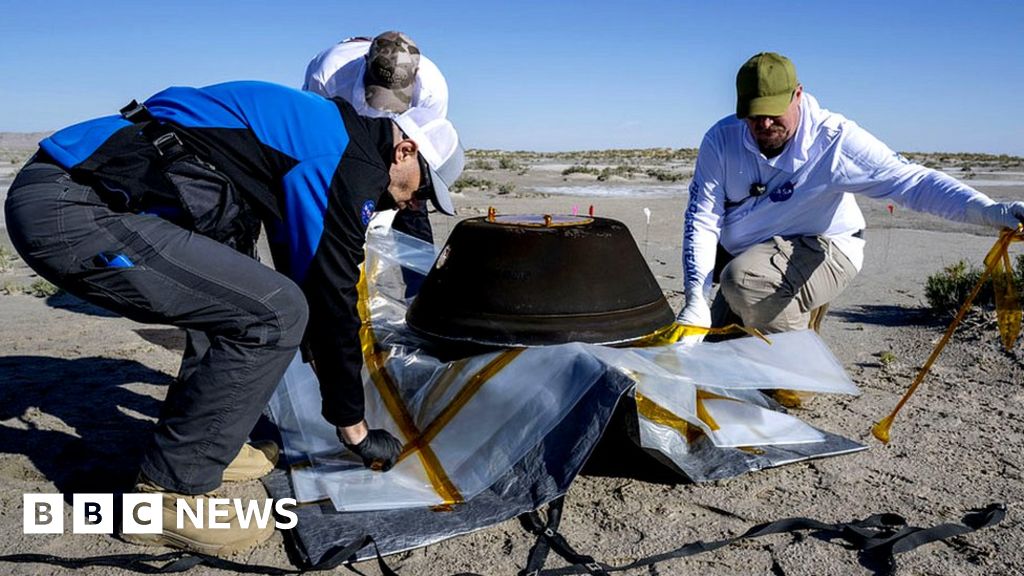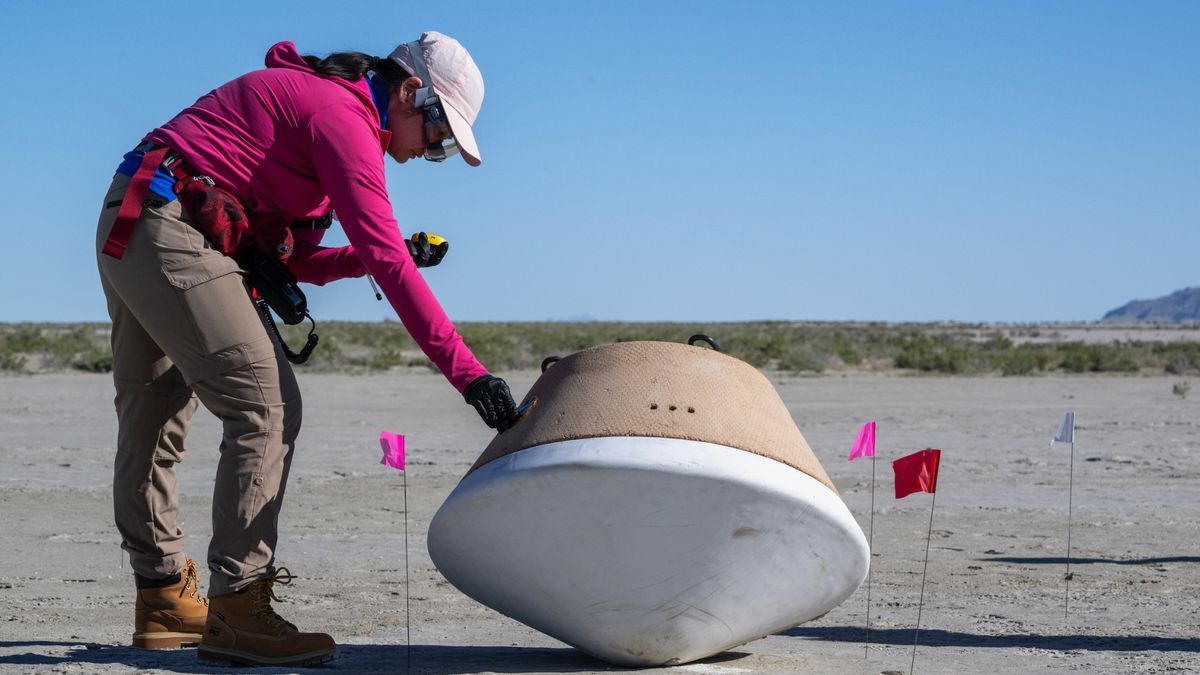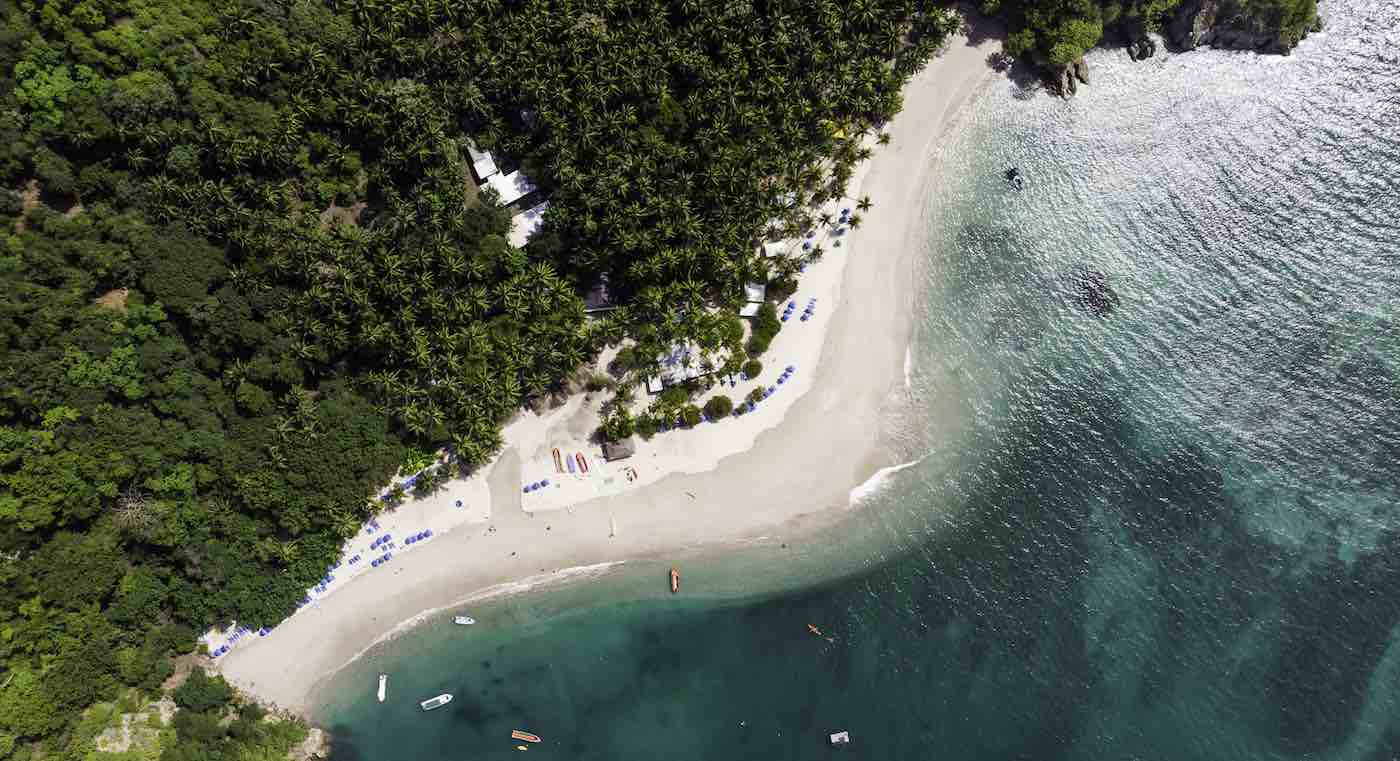
www.goodnewsnetwork.org
How Costa Rica Slowed, Stopped, Then Reversed, Deforestation in Their Rainforests
Once the captial of logging and deforestation in Latin America, Costa Rica's Payment for Environmental Service model helped reforest the country.
Travel
In the 1970s and 80s, Costa Rica had the highest deforestation rates in Latin America—but the next few decades saw the country halt her forest loss, initiate replanting and conservation efforts, and regrow almost all of her lost tree cover.
Their methods have set up the most successful forest management model on earth.
Leading the way in the fight against human-accelerated climate change, Costa Rica’s success story of sustainable forestry was strengthened by a simple strategy of valuing forests by paying for their restoration, through their Payment for Environmental Service (PES).
In the 1940s, 75% of the country was shrouded in rainforest, cloud forest, and mangrove. But over the next 40 years, it is estimated that as much as half of all the trees were cut down. Intense logging bans were instituted in 1996, with PES programs arriving the year after.
Harnessing the indefatigable forces of economics, PES conservation strategies mean the forest is essentially treated like a utilities company, with companies or beneficiaries of the resources and processes provided by the forest, ‘paying’ the forest for the service or resource.
For example, a stand of old trees sit on a farmer’s acre who knows he could chop them down and plant cacao, coffee, bananas, or other tropical agriculture products. Instead he receives money from a fund which businesses and citizens pay into so that he can afford to keep the forest intact.
Now 60% of the country is forested once again, and every year, the Costa Rican Forest Fund collects $33 million which it uses to make sure the forests of Costa Rica which sit on privately-owned land are taken care of. $500 million has been paid out to landowners and farmers over the last 20 years, stewarding 2.4 million acres (1 million hectares) of rainforest, and incentivizing the planting of 7 million new trees.












